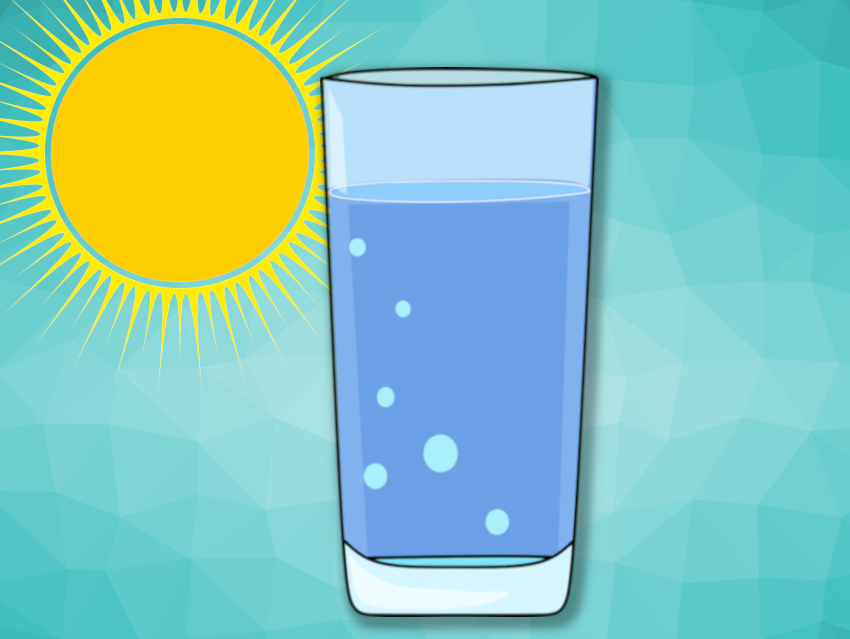Access to clean water is an important issue. Contamination can impact freshwater sources, and efficient, sustainable methods for water purification are needed. Current devices that purify water using sunlight generally produce only small amounts of water each day. Sunlight-driven evaporation could be a low-energy way to purify water, but this approach does not work well under all weather conditions.
One solution to these problems could be the use of temperature-responsive hydrogels, e.g., made from poly(N-isopropyl acrylamide) (PNIPAm), that absorb water at cooler temperatures and release it when heated. This works by hydrophilic/hydrophobic switching. However, conventional PNIPAm gels have a closed-pore structure that traps absorbed water and reduces the water release rate. Natural loofahs, in contrast, have large, open, interconnected pores.
Rodney D. Priestley, Princeton University, NJ, USA, and colleagues have developed a loofah-sponge-inspired, sunlight-driven porous hydrogel that could purify enough water to satisfy a person’s daily needs, even under cloudy conditions. The team aimed to replicate a loofah-like structure in a PNIPAm-based hydrogel to obtain a material that can rapidly absorb and release water. They used an ethylene glycol/water mixture as a polymerization medium to prepare a PNIPAm hydrogel with an open-pore structure. Then they functionalized the hydrogel with polydopamine (PDA) and poly(sulfobetaine methacrylate) (PSMBA) to improve the water purification properties.
The resulting material was tested using artificial light to simulate sunlight. It absorbed water at room temperature and, when heated under the light, released 70 % of the stored water within 10 min. Under conditions that replicate partly cloudy skies, the material released a similar amount of stored water in 20 min. The gel can purify water contaminated with, e.g., dyes, oils, metals, or microplastics. The developed hydrogel structure could also be useful in other applications, such as drug delivery, smart sensors, or chemical separations.
- Quick-Release Antifouling Hydrogels for Solar-Driven Water Purification,
Xiaohui Xu, Néhémie Guillomaitre, Kofi S. S. Christie, R. Ko̅nane Bay, Navid Bizmark, Sujit S. Datta, Zhiyong Jason Ren, Rodney D. Priestley,
ACS Cent. Sci. 2023.
https://doi.org/10.1021/acscentsci.2c01245



